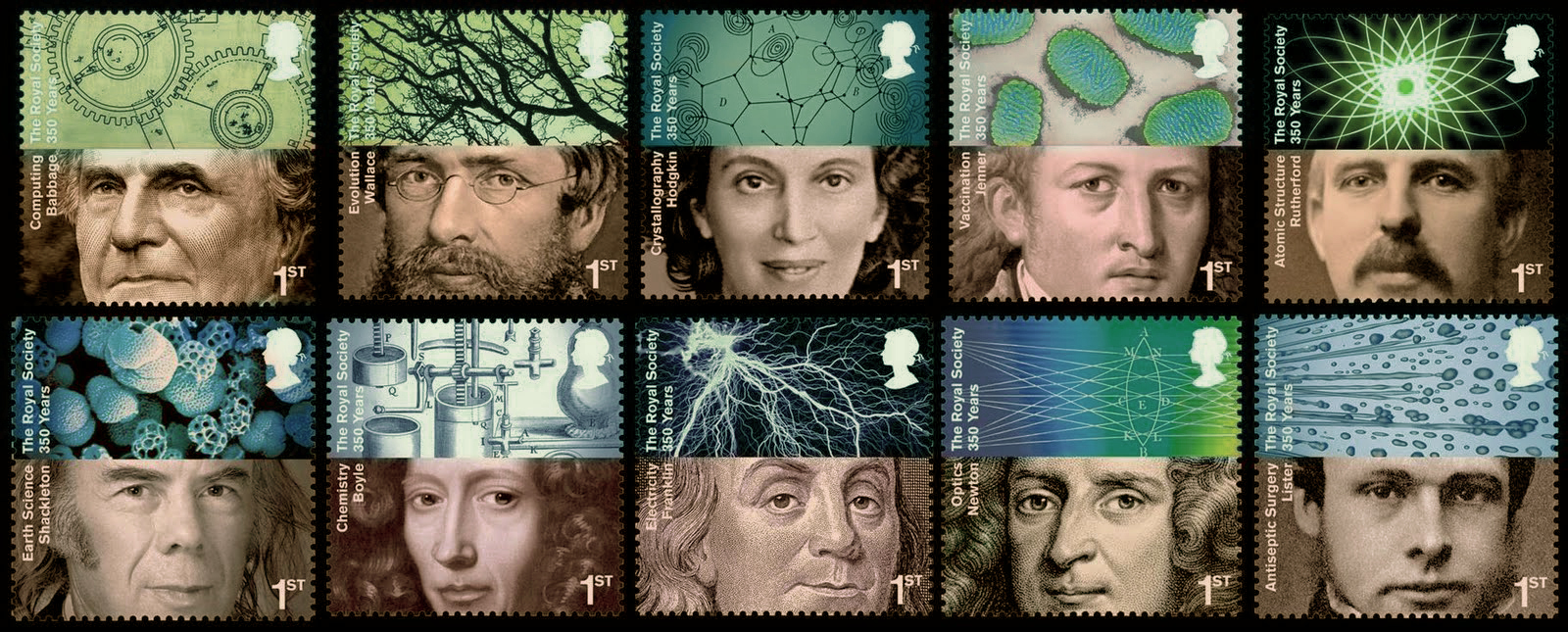
The history of science covers the development of science from ancient times to the present. It encompasses all three major branches of science: natural, social, and formal.
The earliest roots of science can be traced to Ancient Egypt and Mesopotamia from around 3000 to 1200 BCE. Their contributions to mathematics, astronomy, and medicine entered and shaped the Greek natural philosophy of classical antiquity, whereby formal attempts were made to provide explanations of events in the physical world based on natural causes. After the fall of the Western Roman Empire, knowledge of Greek conceptions of the world deteriorated in Latin-speaking Western Europe during the early centuries (400 to 1000 CE) of the Middle Ages but continued to thrive in the Greek-speaking Eastern Roman (or Byzantine) Empire. Aided by translations of Greek texts, the Hellenistic worldview was preserved and absorbed into the Arabic-speaking Muslim world during the Islamic Golden Age. The recovery and assimilation of Greek works and Islamic inquiries into Western Europe from the 10th to 13th century revived the learning of natural philosophy in the West.
Natural philosophy was transformed during the Scientific Revolution in 16th- to 17th-century Europe, as new ideas and discoveries departed from previous Greek conceptions and traditions. The New Science that emerged was more mechanistic in its worldview, more integrated with mathematics, and more reliable and open as its knowledge was based on a newly defined scientific method. More "revolutions" in subsequent centuries soon followed. The chemical revolution of the 18th century, for instance, introduced new quantitative methods and measurements for chemistry. In the 19th century, new perspectives regarding the conservation of energy, the age of the Earth, and evolution came into focus. And in the 20th century, new discoveries in genetics and physics laid the foundations for new subdisciplines such as molecular biology and particle physics. Moreover, industrial and military concerns as well as the increasing complexity of new research endeavors soon ushered in the era of "big science,", particularly after the Second World War. Wikipedia
 Great scientific experiments : 20 experiments that changed our view of the world
by
Rom Harre
Great scientific experiments : 20 experiments that changed our view of the world
by
Rom Harre
 Scientific Papers : Physiology, Medicine, Surgery, Geology
Scientific Papers : Physiology, Medicine, Surgery, Geology
 Source Book in Astronomy, 1900-1950
by
Harlow Shapley
Source Book in Astronomy, 1900-1950
by
Harlow Shapley
 A Source Book in Physics
by
William Francis Magie
A Source Book in Physics
by
William Francis Magie
Florida Atlantic University Libraries
777 Glades Road
Boca Raton, FL 33431
(561) 297-6911
